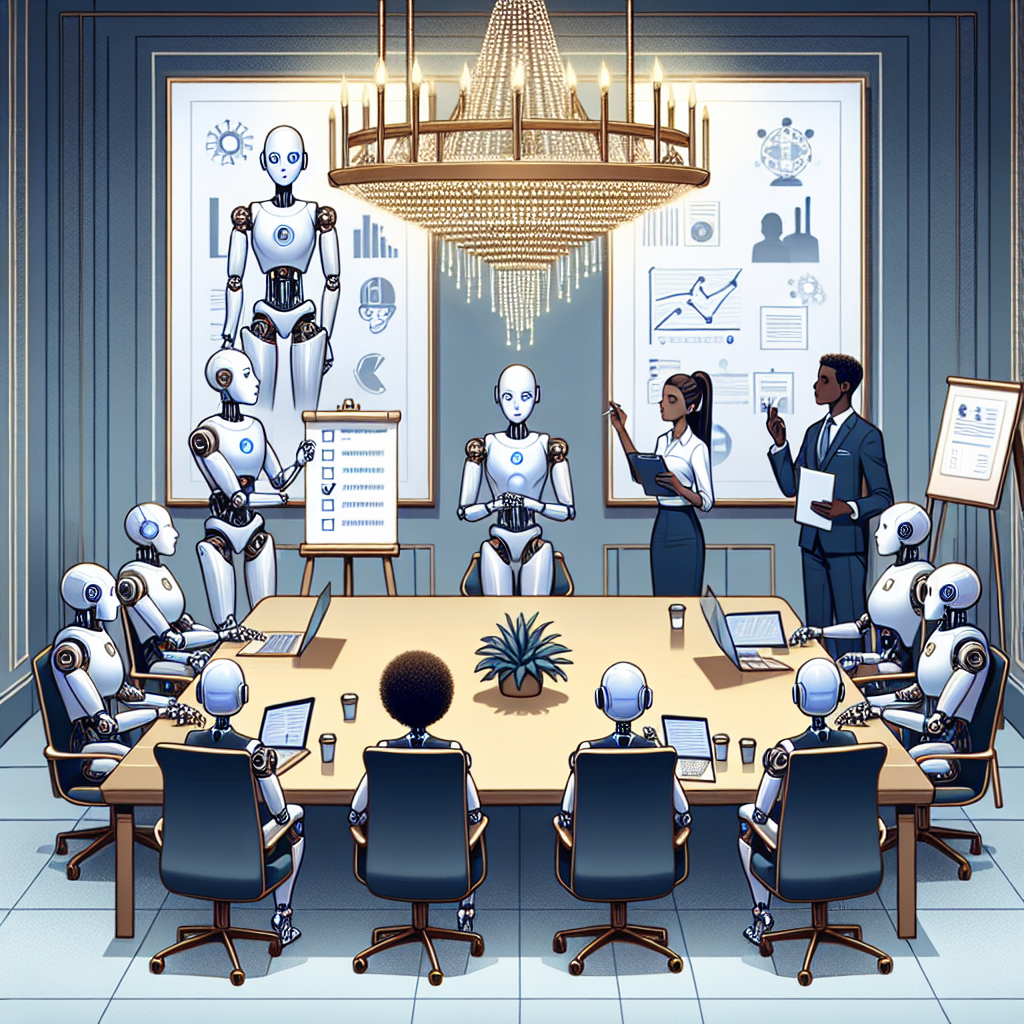The Risks of AI in the Workplace: How Will It Change the Dynamics?
Artificial intelligence (AI) has become a major player in the workplace, with more and more companies turning to AI-powered solutions to streamline processes, improve efficiency, and cut costs. While AI has the potential to revolutionize the way we work, it also comes with its own set of risks and challenges that need to be addressed. In this article, we will explore the risks of AI in the workplace and how it will change the dynamics of work as we know it.
One of the biggest risks of AI in the workplace is the potential for job loss. As AI becomes more advanced and capable of performing tasks that were previously done by humans, there is a fear that many jobs will become obsolete. According to a report by McKinsey, up to 800 million jobs could be lost to automation by 2030. While AI has the potential to create new jobs in industries like data science and programming, there are concerns that the rate of job creation may not keep up with the rate of job loss.
Another risk of AI in the workplace is the potential for bias and discrimination. AI algorithms are only as good as the data they are trained on, and if that data is biased or incomplete, it can lead to biased decisions. For example, AI-powered hiring tools have been found to discriminate against women and minorities, as they are often trained on data sets that are predominantly male and white. This can perpetuate existing inequalities in the workplace and hinder efforts to promote diversity and inclusion.
AI also poses a risk to privacy and data security in the workplace. As AI systems collect and analyze vast amounts of data, there is a risk that sensitive information could be exposed or compromised. Companies must ensure that their AI systems are secure and compliant with data protection regulations to avoid breaches and potential legal consequences.
Additionally, there is a risk that AI could lead to job dissatisfaction and burnout among employees. As AI takes on more tasks and responsibilities, employees may feel overwhelmed or marginalized, leading to decreased job satisfaction and productivity. It is important for companies to involve employees in the implementation of AI systems and provide training and support to ensure a smooth transition.
Despite these risks, AI also has the potential to transform the workplace in positive ways. AI can automate repetitive tasks, freeing up employees to focus on more strategic and creative work. It can also improve decision-making by analyzing data and identifying patterns that humans may overlook. Overall, AI has the potential to increase productivity, efficiency, and innovation in the workplace.
FAQs:
Q: Will AI replace human workers in the future?
A: While AI has the potential to automate many tasks currently done by humans, it is unlikely to completely replace human workers. AI is best suited for tasks that are repetitive, predictable, and data-driven, while humans excel at tasks that require creativity, critical thinking, and emotional intelligence. In many cases, AI will augment human workers rather than replace them.
Q: How can companies address bias and discrimination in AI systems?
A: Companies can address bias and discrimination in AI systems by ensuring that the data used to train the algorithms is diverse and representative of the population. They can also use bias detection tools to identify and mitigate bias in AI systems. Additionally, companies should involve diverse stakeholders in the development and testing of AI systems to ensure that they are fair and inclusive.
Q: What are the ethical implications of AI in the workplace?
A: The use of AI in the workplace raises a number of ethical considerations, including privacy, bias, transparency, and accountability. Companies must ensure that their AI systems are used in a way that respects the rights and dignity of employees, customers, and other stakeholders. They should also be transparent about how AI systems are used and make decisions about the ethical implications of AI technology.
In conclusion, the risks of AI in the workplace are real and must be addressed by companies and policymakers. By understanding and mitigating these risks, we can harness the power of AI to improve the way we work and create a more inclusive and productive workplace for all.

